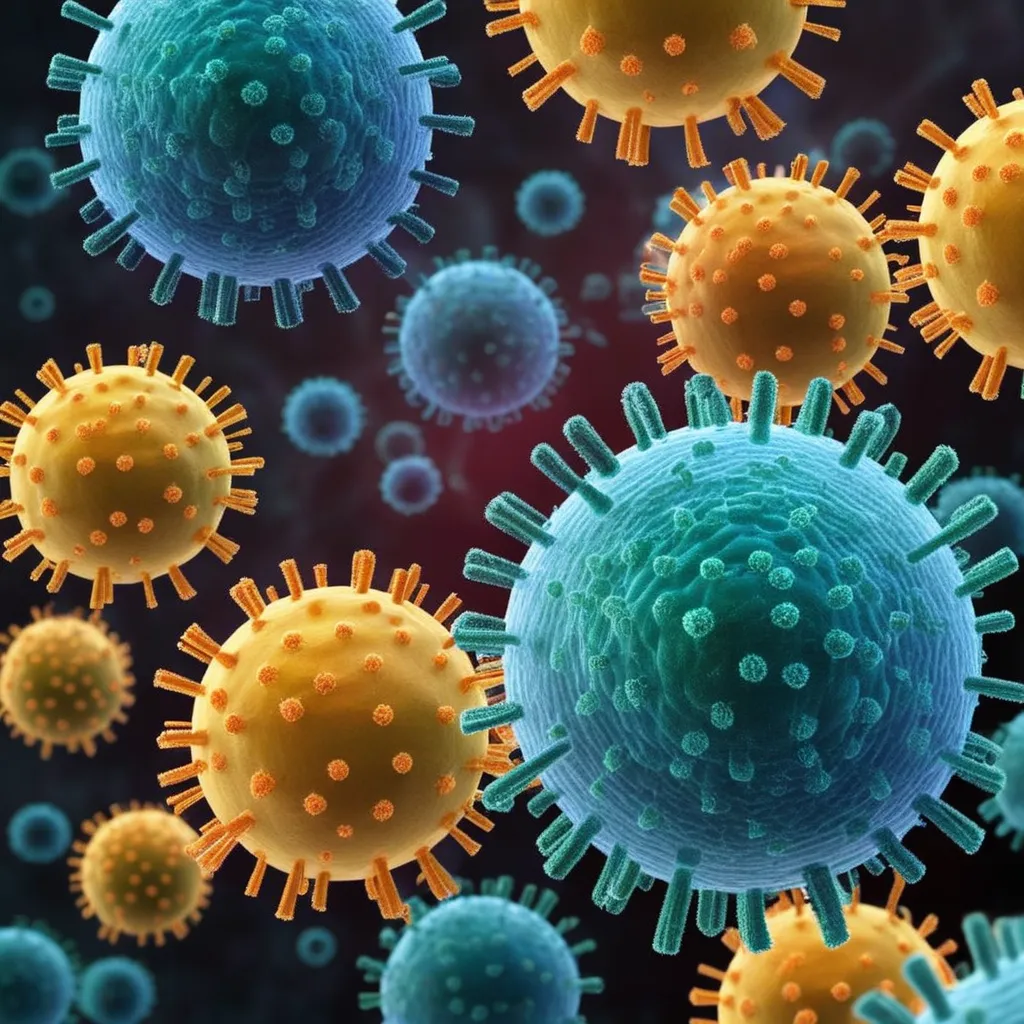how are viruses different from bacteria apex
Demystifying Microorganisms: How Are Viruses Different from Bacteria?
In the microscopic world, viruses and bacteria play distinct roles, each with its own set of characteristics. If you've ever found yourself wondering, "How are viruses different from bacteria?" – you're not alone. Let's embark on a journey into the unseen realms of microorganisms, exploring the nuances that set viruses and bacteria apart.

Understanding Viruses:
1. Not Living Organisms:
- Viruses are often considered more like particles than living organisms. They lack the cellular structure that defines life.
2. Host Dependence:
- Viruses need a host cell to replicate. They inject their genetic material into host cells, hijacking the cellular machinery to produce more viruses.
3. Size Matters:
- Viruses are smaller than bacteria. Their size ranges from 20 to 300 nanometers, making them challenging to observe without powerful microscopes.
Anecdote: The Intricacies of Infection
I once fell ill and found myself delving into the world of pathogens. Understanding how viruses operate within the body was like decoding a mystery. It became evident that viruses were intracellular invaders, relying on host cells for their survival.
Unraveling the World of Bacteria:
1. Independent Living Organisms:
- Bacteria are considered living organisms. They have a cellular structure with a cell wall, cell membrane, and genetic material.
2. Self-Replication:
- Unlike viruses, bacteria can replicate independently. They have the cellular machinery to carry out metabolic processes and reproduce.
3. Diverse Shapes and Sizes:
- Bacteria exhibit diverse shapes and sizes, including spheres (cocci), rods (bacilli), and spirals. Some bacteria are even capable of forming colonies.
Anecdote: A Battle Against Infection
During a bout of bacterial infection, my doctor explained the role of antibiotics in targeting bacteria. Learning about the distinct cellular structures of bacteria and how antibiotics disrupt their processes was like gaining insight into the artillery used to combat microbial invaders.
Points of Distinction:
1. Reproduction:
- Viruses replicate within host cells, while bacteria can reproduce independently through binary fission.
2. Treatment Approaches:
- Antibiotics are effective against bacteria, but they have no impact on viruses. Viral infections often require antiviral medications.
3. Living or Non-Living:
- Bacteria are classified as living organisms, whereas viruses are often considered non-living due to their dependence on host cells.
Anecdote: The Role of Vaccination
In discussions about immunity, vaccines emerged as powerful tools. Understanding that vaccines train the immune system to recognize and fight specific pathogens, including both viruses and bacteria, felt like unlocking the secret to preventive health measures.
Real-World Implications:
1. Human Health:
- Viruses are often implicated in various diseases, including the common cold, flu, and COVID-19. Bacteria can cause infections ranging from strep throat to urinary tract infections.
2. Environmental Impact:
- Bacteria play crucial roles in the environment, participating in processes like decomposition and nitrogen fixation. Viruses impact ecosystems by influencing microbial communities.
Anecdote: Lessons from Nature
Exploring the interconnectedness of microorganisms in nature, I recalled a lesson from biology class – the delicate balance between bacteria and viruses in maintaining ecological harmony. Nature's intricate dance reminded me of the importance of coexistence in the microbial world.

Wrapping Up the Microbial Tale:
So, how are viruses different from bacteria? In essence, it boils down to their structures, behaviors, and the fundamental question of living versus non-living. Navigating the realms of viruses and bacteria not only deepens our understanding of microbiology but also highlights the marvels and complexities of the unseen world that shapes our health and the environment. As we continue to unravel the mysteries of microorganisms, let curiosity be our guide into these microscopic adventures.